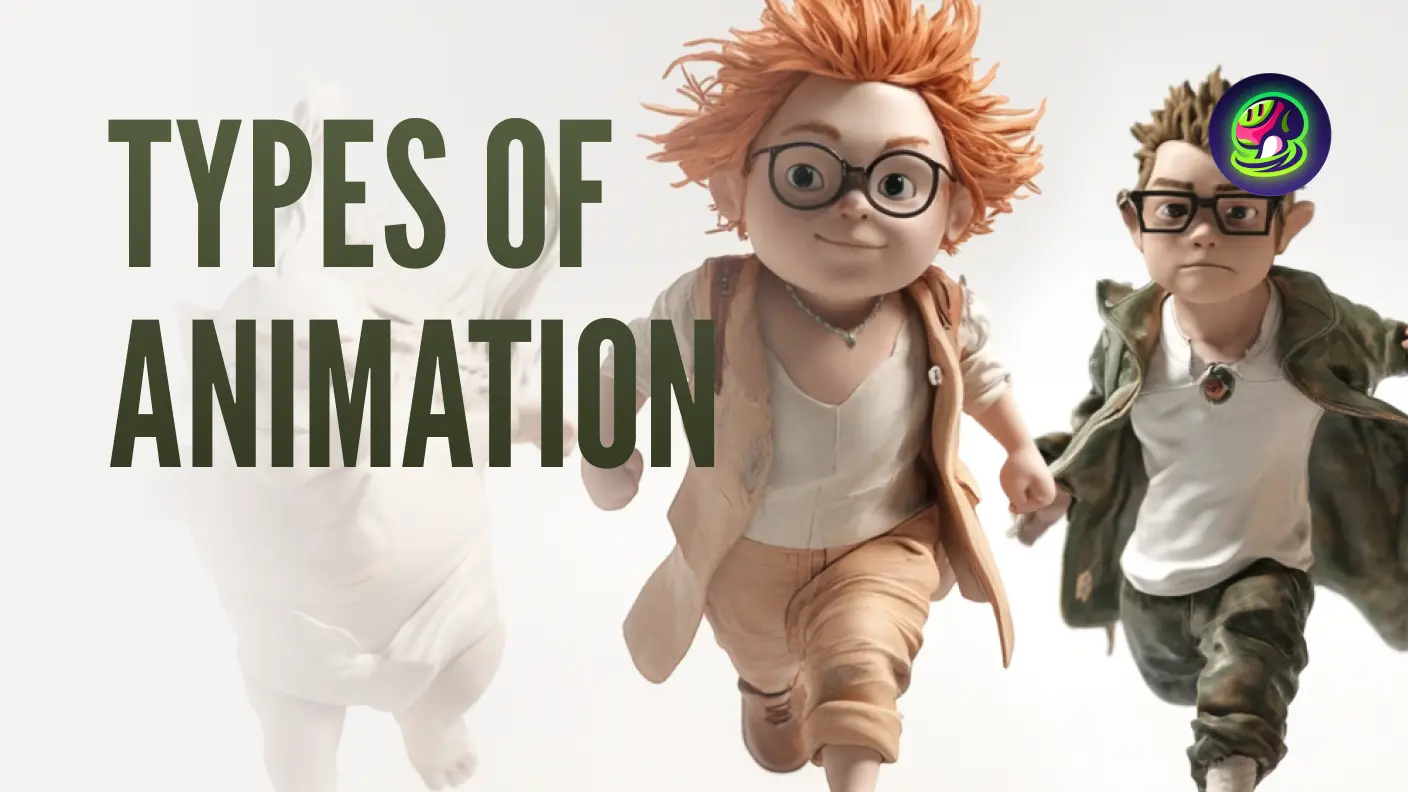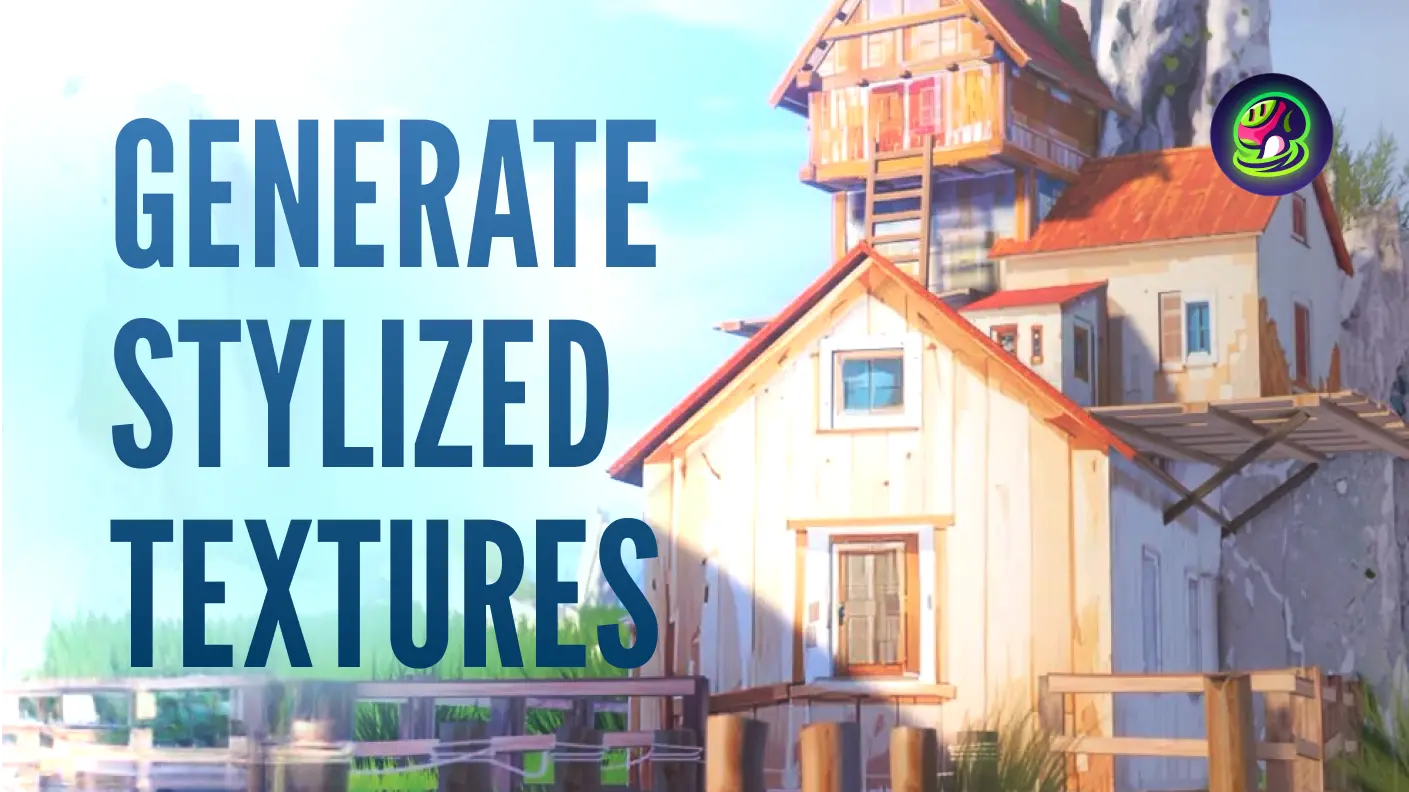Have you ever wondered what makes 2D and 3D animation different? With animation evolving so quickly, the lines between the two can seem blurry, but each has its unique style and purpose. When it comes to 2D vs 3D animation, the differences become clearer.
2D animation, often hand-drawn or digitally illustrated, has a classic, artistic charm. It's simple, affordable, and widely used in cartoons, indie games, and even ads. While it may not offer the realism of 3D, its stylized look keeps it popular. For 3D animation, it brings characters and worlds to life with depth and movement that feels more realistic. It's often used in movies, 3A games, and special effects, though it requires more technical skills and resources.
Both styles have their strengths, and choosing the right one depends on the project's needs. Whether you love the artistic freedom of 2D or the immersive detail of 3D, understanding these differences helps you make the best choice for your creative work.
What is 2D Animation?
![]() Image source:https://d23.com/youll-always-be-a-prince-to-me-30-years-of-aladdin/
Image source:https://d23.com/youll-always-be-a-prince-to-me-30-years-of-aladdin/
2D animation brings characters and scenes to life using flat images. Artists draw or design them and then animate them frame by frame to create movement. You've probably seen this style in The Simpsons or Adventure Time—it's simple, stylish, and full of personality.
Tools for 2D Animation
Animators usually use software like Adobe Animate and Toon Boom Harmony to speed up the process. These tools help with drawing, rigging, and animating, making it easier to create anything from classic hand-drawn cartoons to modern digital animations.
Pros and Cons of 2D Animation
✅ Affordable & Fast: Takes less time and money compared to 3D animation.
✅ Creative & Unique: It offers endless artistic possibilities and stylized visuals.
❌ Limited Depth & Realism: Harder to achieve a lifelike look or complex movements.
❌ Less Immersive: Doesn't always feel as dynamic as 3D animation.
What is 3D Animation?
![]() Iamge source:https://www.rogerebert.com/reviews/up-2009
Iamge source:https://www.rogerebert.com/reviews/up-2009
3D animation brings characters and environments to life using three-dimensional models. Unlike 2D animation, it allows for realistic depth, lighting, and movement, making scenes feel more immersive. Movies like The Incredibles and Avatar showcase how 3D animation can create stunning visuals and dynamic storytelling.
Tools for 3D Animation
Creating 3D animation requires powerful software like Autodesk Maya and Blender. Maya is a top choice for professional studios, known for handling complex character movements and effects. Blender, on the other hand, is free and beginner-friendly while still offering advanced features for modeling, texturing, and animation.
Pros and Cons of 3D Animation
✅ Realistic & Immersive: 3D animation creates lifelike visuals with detailed textures, lighting, and motion.
✅ Versatile: Works for films, games, architecture, and even VR experiences.
❌ Time-Consuming & Expensive: Requires high-end computers, advanced skills, and long production times.
❌ Steep Learning Curve: Mastering 3D software takes time, especially for beginners.
2D vs 3D Animation: What's the Difference?
![]() Image source:https://3dmodels.org/blog/3d-animation-vs-2d-animation/
Image source:https://3dmodels.org/blog/3d-animation-vs-2d-animation/
3D Animation vs 2D Animation: Process and Techniques
When it comes to 2D animation vs 3D animation, the way they're made is different. Think of 2D animation like flipping through a sketchbook—each frame is drawn by hand (or digitally), and when played in sequence, it creates movement. It's great for unique, stylized visuals, like classic cartoons.
3D animation, on the other hand, is like sculpting in a digital world. You create characters and environments in a 3D space and then animate them. With today's technology, AI tools help automate some of the tedious work, like fine-tuning details, so animators can focus more on creativity.
3D vs 2D animation: Costs and Time Investment
If you're thinking about budget and time, 2D vs 3D animation have some pretty big differences. 2D animation is usually faster and more affordable, making it perfect for indie projects, short films, or anything with a tight budget. 3D animation takes more time and resources, but the payoff is those super immersive, realistic visuals—think blockbuster movies or high-end video games.
Ultimately, it all comes down to what you need: if you want something artistic and efficient, 2D is a solid choice. If you're aiming for a realistic, cinematic experience, 3D is worth the investment.
2D vs 3D Animation: Workflow
2D animation is pretty simple but requires a lot of attention to detail. You start by drawing individual frames, which act like building blocks for your animation. When you play them in sequence, they come to life and show smooth motion.
It takes a good eye for motion and expression, so you need to make sure each frame flows into the next one perfectly. As you go, you start adding in things like backgrounds and other elements to give the scene some depth and personality—making it feel like a complete world.
Adversely, 3D animation is more flexible but also a bit more complicated. It kicks off with sculpting, where you create detailed digital models of characters and environments. After that, you move on to rigging, where you give those models skeletons so they can move around realistically. This is where it gets tricky because you need to understand both the creative side and the technical side to make sure everything moves the way it should.
Once you've got that down, it's time for rendering, which is when you add lighting, textures, and effects to make everything look polished. It can be a bit of a heavy lift, but once all the pieces come together, the result is so rewarding!
2D Animation vs 3D Animation: Modern Media
Even today, 2D animation is still the go-to for projects that want to show off creative flair and artistic style. It's simple, but it packs a punch when it comes to storytelling, whether it's for web series, indie films, or those quirky animations we all love. There's something about minimalist art and unique styles that people just can't get enough of, right? That's why 2D is still so popular and fresh, giving creators the chance to push boundaries and tell stories in such innovative ways.
Then there's 3D animation, which has found its home in bringing stories to life in such a realistic, immersive way. Think big-budget movies, AAA games, and even those incredible special effects that make everything feel so real. With 3D animation, you get that deep, lifelike world-building that pulls you right in, and with new tech like AR and VR, it's all about creating experiences you can interact with—pretty wild, right?
When we talk about 2D vs 3D Animation, it's clear that both styles have their strengths. Ultimately, 2D shines with its artistic expressiveness, while 3D takes things to the next level in visual storytelling. Together, they're changing the game, giving creators tons of room to get creative and share their ideas in exciting new ways.
Blending 2D and 3D Animation: A Wizard-Inspired Style for Digital Art
![]() Image source:https://blackgirlnerds.com/the-spider-within-a-spider-verse-story-sees-miles-morales-battling-his-greatest-foe-yet-himself/
Image source:https://blackgirlnerds.com/the-spider-within-a-spider-verse-story-sees-miles-morales-battling-his-greatest-foe-yet-himself/
One of the most attractive animation trends in recent years is 2D mixed with 3D animation. Imagine mixing the charm of 2D with the depth of 3D—sounds cool, right? That's what hybrid animation is all about. It's like getting the best of both worlds, where you can play with the expressive, artistic style of 2D while adding the immersive, realistic feel of 3D. It's a fun and fresh way for creators to tell stories and grab their audience's attention.
Hybrid Animation Techniques
So, how does it work? Well, artists start by drawing 2D designs, like characters or backgrounds, and then place them into a 3D world. It's like taking the flatness of 2D and putting it in the middle of a 3D space. And, to make sure everything flows, motion graphics are often used to make the two styles blend seamlessly—creating a dynamic effect.
- Integrated Composition: Imagine a 2D character standing in a 3D world—that's what this technique is all about. It's like mixing two different dimensions in one frame, giving a story more layers and making it feel more alive.
- Surface Texturing: Here's where 2D textures get added to 3D models, making them look like something straight out of a painting. It's a great way to bring together the best qualities of both mediums and create something unique.
Applications and Trends
Hybrid animation is popping up everywhere—films, games, and digital media. In movies, directors are combining 2D animated scenes with 3D CGI to create deeper, more emotional stories. It adds visual complexity and just makes everything feel a little more real.
A great example of this is Spider-Man: Into the Spider-Verse. The film blends traditional 2D comic-style art with cutting-edge 3D animation to create a truly unique and immersive experience, giving it that comic book vibe while still feeling incredibly dynamic and modern. Another example is The Lego Movie, which uses hybrid animation techniques to make the Lego world feel alive while keeping that playful 2D-esque charm.
- Interactive Applications: Hybrid animation isn't just for movies. In games or VR, it's being used to create these amazing worlds that players can interact with. Combining 2D with 3D in those spaces makes things feel super immersive and fresh.
- Digital Storytelling: Plus, online creators are loving this style too. They're mixing 2D and 3D in web series and short films, bringing a new vibe to their stories and drawing in viewers who crave something different.
Conclusion
When it comes to 2D vs 3D animation, both have their strengths, and the right choice depends on your style, budget, and project needs. 2D animation shines with its artistic charm and simplicity, while 3D animation offers depth and realism for immersive storytelling. No matter which path you choose, mastering animation takes practice and the right tools.
If you're looking to bring your ideas to life, Meshy can help streamline your workflow with AI-powered tools. Keep exploring, keep creating, and let your animation skills grow!


